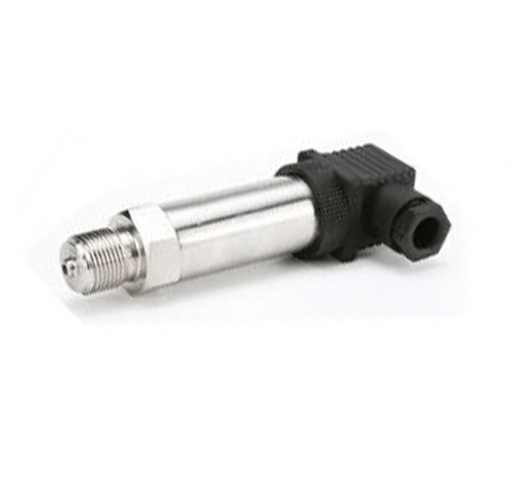In industry, it is necessary to measure all kinds of electric and non electric parameters, such as current, power, temperature, pressure, speed and angle, etc.
In industry, 4 ~ 20mA current signal is widely used to transmit these analog quantities, so that the field data can be transmitted to the screen of control room or display equipment hundreds of meters away.

Figure 1: Danfoss Transmitter 060G0077
So why does the transmitter choose DC4 ~ 20mA as the transmission signal?
1. Safety of Field Applications
The key point of safety is explosion-proof. The spark energy caused by the upper limit of 20mA current is not enough to ignite gas. At the same time, the selection of 20mA current also reduces the static and dynamic power consumption to the minimum.
And the power supply voltage of the transmitter that outputs 4 ~ 20mA DC standard signal is usually 24V DC.
The primary reason for using DC voltage is that it can avoid using capacitance and inductance with large capacity, and users only need to consider the distributed capacitance and inductance of the connecting wire between the transmitter and the instrument in the control room.
For example, the distribution capacitance of 2mm conductor is about 0.05 μ F/km. The inductance of single wire is about 0.4mh/km. They are much lower than the value of detonating hydrogen, which is very beneficial for explosion-proof.

Figure 2: Explosion proof pressure transmitter.
2. Current Source is Better than Voltage Source
When the distance between the field and the control room is far, and the resistance of the connecting wire is large, if you choose to use the voltage source signal for remote transmission, there will be a large error due to the partial voltage between the wire resistance and the input resistance of the receiving instrument.
If you choose the current source signal for remote transmission, as long as there is no branch in the transmission circuit, the current in the circuit will not change with the length of the wire, so that the accuracy of transmission can be ensured.
In addition, the amplitude of noise voltage in industrial field may reach several volts, but the noise power is very small, so the noise current is usually at nA level, and the error caused by 4-20mA transmission is very small.
the internal resistance of current source tends to be infinite, and the wire resistance series does not affect the accuracy in the circuit, so the signal can be transmitted hundreds of meters on the common twisted pair.
Because of the high internal resistance and constant current output of current source, only a 250 ohms resistance is needed to obtain the sampling voltage of 5V at the receiver. Meanwhile, the voltage noise of class nA is very weak for the receiver with low input impedance.

Figure 3: YAMATAKE/Azbil Transmitter GTX15D-AAAABCB-AXXAXA1-A2R1T1
3. Reason of Choosing 20mA as the Maximum Current of Signal
The maximum current selection of 20mA is based on the consideration of safety, practicality, power consumption and cost.
Only low voltage and low current can be used for safety spark instruments, and 4 ~ 20 mA current and 24 V DC are safe even for flammable hydrogen. When the voltage is 24V DC, the ignition current of hydrogen need to be 200 mA, which is much higher than 20 mA.
In addition, you need to consider the connection distance, load, power consumption and cost too when selecting 20mA. And there are also certain requirements for the electronic components and power supply.

Figure 4: WIDE PIUS Transmitter CH361A-D1A-NDB2P
4. Reason of Choosing 4mA as Starting Current of Signal
Most transmitters with output of 4 ~ 20mA are two-wire. Two wire system means that the power supply and load are connected in series with a common point. Only two wires are used for signal communication and power supply between field transmitter and instrument in control room.
Some people may have the question, why is the starting signal not set as 0mA?
Here are two reasons:
Some transmitter circuits cannot work without static working current.
The starting current of the signal is 4mA DC, which does not coincide with the mechanical zero point. This "live zero point" is helpful to identify the faults such as power failure and disconnection.
Find right transmitter for your equipment on OKmarts



